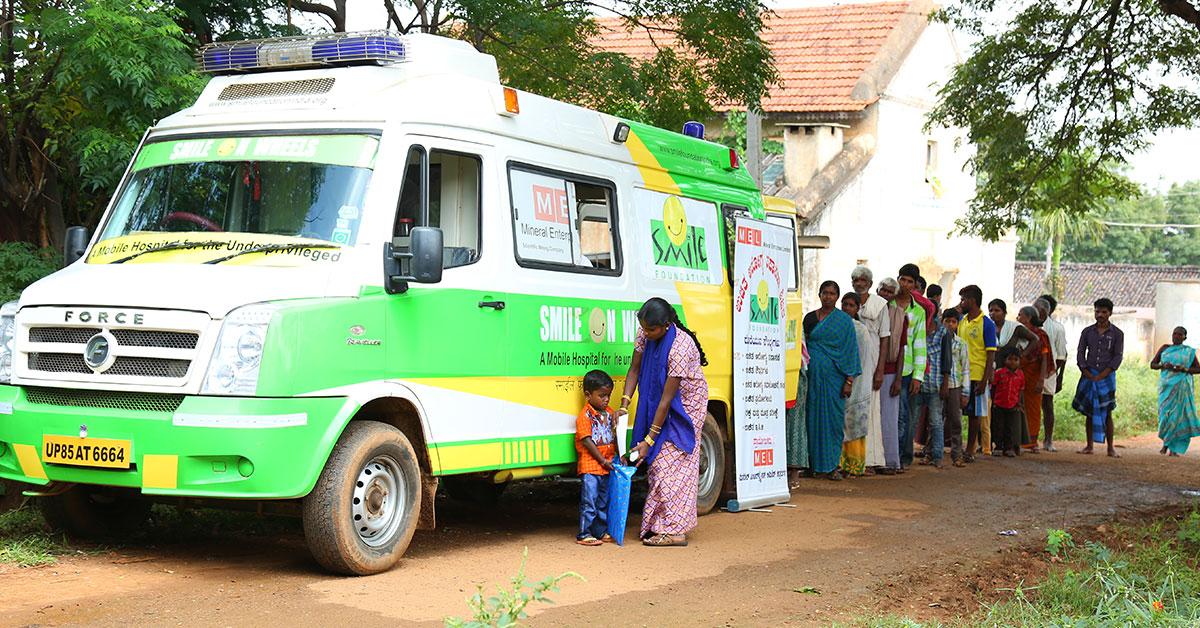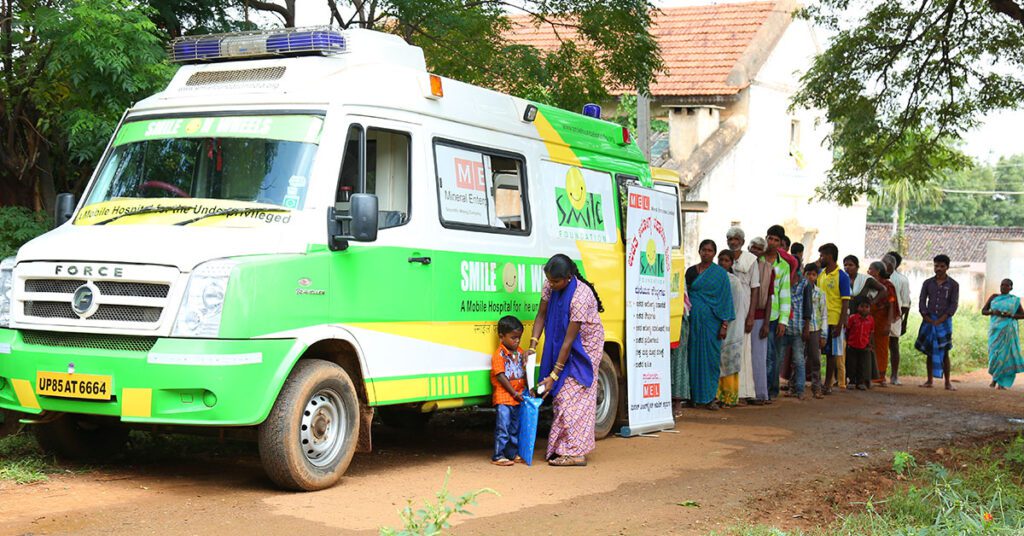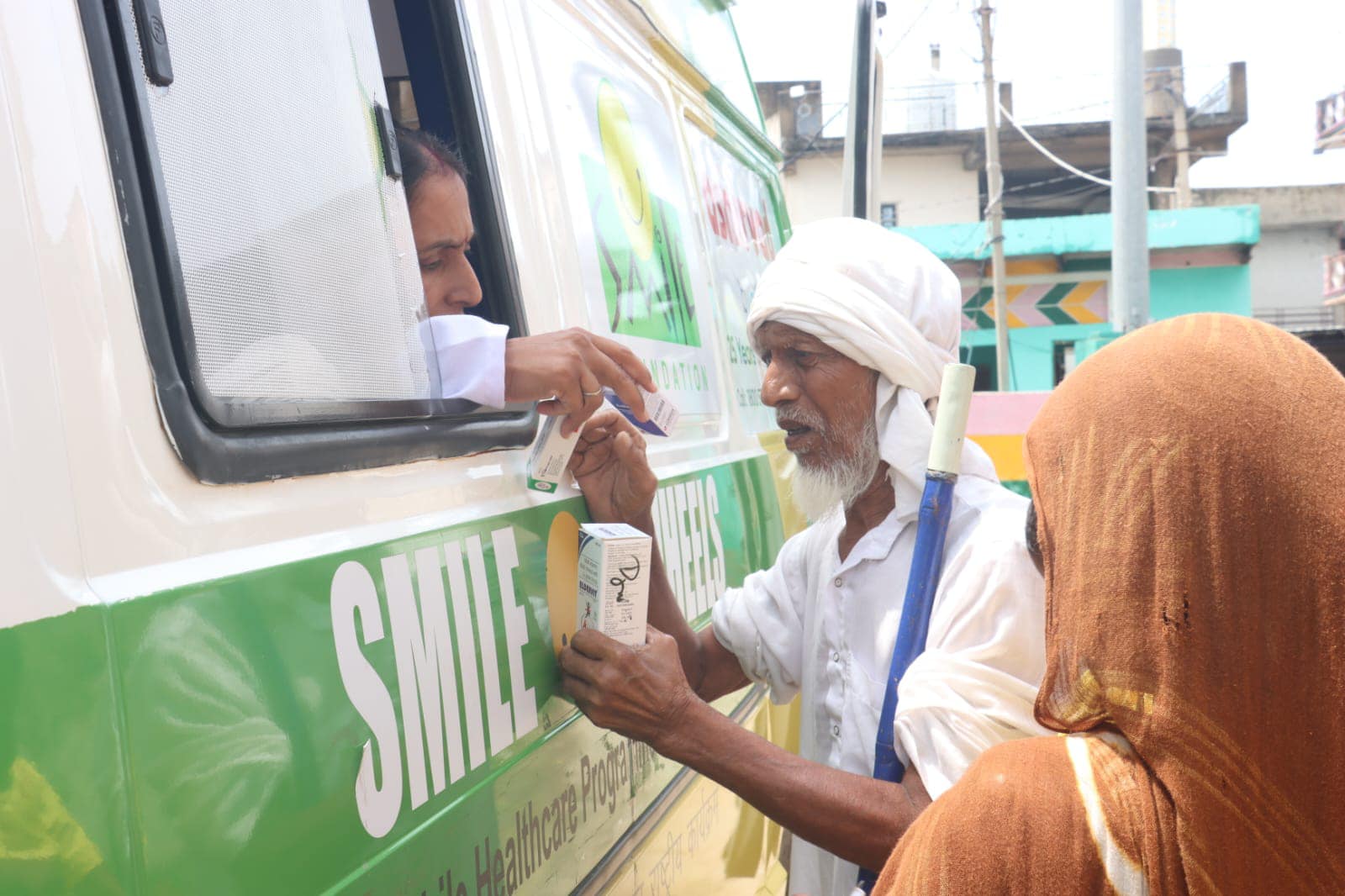More public spending on healthcare. Period!
Most of the problems that Indian healthcare is facing currently are primarily due to low government spending on healthcare.
Let’s do a quick comparison of where we stand:

The amount India spends on public health per capita according to a news report is Rs 1,815 is less than the cost of a single consultation at the country’s top private hospitals–or roughly the cost of a meal at many hotels. That comes to Rs 150 per month or Rs 5 per day.
At 2.1 percent of its gross domestic product (GDP)–India’s public health expenditure is amongst the lowest in the world, lower than most low-income countries which spend a good percent of their GDP on healthcare.
India’s low public-health spending is one reason why patients turn to the private sector for healthcare. India ranks 66th in a group of 189 counties in out-of-pocket (OOP) health spending, as mentioned in National Health Estimates (2018-19).
These costs push millions of Indians below the poverty line every year, according to various studies.
Now Let’s see What the Typical Problems are in Our Current Health System:
1. Skewed Distribution of Health Facilities: While India is one of the preferred destinations for medical tourism, which implies that some of our hospitals can provide world-class treatment at relatively lower costs, we also have hospitals that are understaffed, have insufficient facilities, inadequate medicines’ supply and may not even be able to provide a bed or an ambulance to a patient. For example, rural India contains 75% of the total population but only around 30% of the country’s hospitals, hospital beds and doctors. Imagine the sheer burden put on those rural health facilities and doctors because of this!
2. Lack of Manpower: We face a shortage of trained and skilled doctors, nurses, technicians and other medical staff. Back in 2015, there was a shortfall of 2 million doctors and 4 million nurses in India. It’s common knowledge that many skilled nurses go overseas for higher pay. We need more super specialist doctors but the ones we have are either concentrated in tier-1 cities or working abroad.
There is a shortage of technicians and medical staff in many hospitals which leads to other problems like poor equipment maintenance, limited diagnostic services, etc. The shortage of manpower and the hesitation of existing manpower to work in smaller towns and villages limits the expansion of better medical facilities across the country, thus leading to skewed distribution.
3. Poor Infrastructure: Public health facilities comprise 20% of the Indian primary healthcare system. The majority of the secondary and tertiary care centres come under the private sector. A typical government hospital have limited doctors, nurses, or staff. Such hospitals are often crowded because they are catering to a large population in the surrounding area.
They do not have enough beds (because they’ve excess patients). They’re dirty and unhygienic, they lack security, patient care is unheard of, there may often be a shortage of medicines and consumables, staff may be corrupt and seek bribes from patients, and they may even lack basic utilities like a steady supply of water, electricity, and fuel. Their ambulances may be unavailable due to breakdown or corruption, forcing patients to fend for themselves.
4. Low Penetration of Health Insurance: When public health systems fail, people are forced to turn to private health facilities to avail of treatment. Private health facilities operate to make a profit. There’s a clear demand-supply gap and they utilise the low supply to raise their own prices. This means medical treatment in a private hospital could be a lot more expensive than in a govt. hospital. But since 75% of our population doesn’t have health insurance, they’re forced to pay for their treatment by themselves. And this situation leaves healthcare unaffordable for many people.
5. Low-quality Control: Remember the gaps in the supply side? This leaves healthcare a profitable venture for private players. There is no compulsion for a small new entrant to get an accreditation. People too are neither aware of quality parameters, nor bothered about it. They go to whatever is cheap. And so small, private clinics, hospitals, diagnostic and imaging centres mushroom everywhere with very little monitoring from the government. They do not have to provide any minimum quality. And yet they flourish because they’re affordable. As of 2014, less than 1% of hospitals and diagnostic labs had NABH or NABL accreditation.
So, if the government spends more on public healthcare than it currently is, it can achieve the following:
1. Higher wages would attract skilled doctors and manpower to stay in India
2. Higher wages and better living conditions in smaller towns and villages will enable medical staff and doctors to be able to work there
3. Higher spending will enable public hospitals to acquire medicines and supplies, receive uninterrupted water and electricity supply, maintain the premises and keep it clean and safe, and maintain equipment and ambulances so that they’re functional and available when required
4. More funding for medical and nursing colleges and technical training centers would help increase the existing number of seats or open new colleges in more locations. This would produce more number of skilled medical manpower to cater to the huge demands of our population.
5. With more funding and easy availability of skilled manpower, more public health facilities can be opened so that individual centers are not overcrowded. When the number of patients is manageable, they can be provided beds, medicines and proper care.
6. With more funding, the government can provide free treatment to the poor through the public health system. In addition to free treatment, the government can provide health insurance to the poor so that they can avail of treatment in private hospitals as well.
The government would also have to innovate to make public healthcare more efficient so that it delivers the maximum possible for a given investment. Technology would help automate several processes, thus making healthcare operations less prone to human errors and faster and more accurate.
Technology like telemedicine could increase the reach of public healthcare, and technology like EMR and big data analytics could provide vital insights to governments, policymakers, doctors and all stakeholders to improve public health and deal with epidemics and disease outbreaks. Technology, again requires money.
In addition to funding, the government would have to tighten its regulations regarding healthcare. Stricter regulations regarding quality and an efficient monitoring mechanism will ensure that fake doctors and quacks do not operate. And that even the smallest medical facility, say a lab, provides a minimum assured quality of service at affordable prices.
Regulations would also enforce price control to protect patients.
But before stricter regulations and price control, the government needs to first strengthen the public healthcare system so that the majority of the population can afford and avail assured healthcare of high quality. Because without a strong public health system, the burden of the entire population would fall on the private sector which would not be able to serve the entire population while remaining profitable.
So How Does the Government Spend More Money?
1) For starters, it should allocate more funds to healthcare, in the budget.
2) Central and state governments should be in sync about the funds each is going to allocate and how they’re going to implement programs to improve and strengthen healthcare. Many well-intentioned govt. health initiatives have run against a wall because of irregular or lower funding from the central govt. which put an additional burden on the concerned state govt.
3) Improve the funding mechanism. Fund flow should be regular and adequate. Projects should be clearly defined and target-oriented so that funds can be matched to the results delivered. Funding mechanism should be transparent and the unnecessary layers of bureaucracy and paper pushing reduced so that corruption is eliminated or at least, reduced.
4) Public-private partnerships can help achieve #3, where the government provides the funds, and the project is implemented and run by the private sector. After all, when it comes to project management, processes, best practices and quality control, the private sector far supersedes the public sector.
5) To encourage private spending and participation in improving healthcare, the government shouldn’t rely on the concept of CSR because it’s neither profitable for the private player nor sustainable. Instead, the govt. should provide tax benefits and other incentives to encourage private participation in key areas of healthcare while ensuring sustainability.
6) Health insurance and innovations in funding mechanisms: to ensure that all citizens can avail the best quality healthcare, the govt. should increase health insurance coverage, and introduce co-payments and health savings accounts.
There’re many other solutions for improving healthcare, for example:
1. Encouraging innovation and manufacturing (of medical devices) within the country
2. Spending more on medical research
3. Improving medical, nursing, and technical education as well as upskilling of existing manpower
4. International collaborations: But before we achieve this, it’s imperative that the govt. increases the healthcare funding, and fixes the basic infrastructure first.








